Originating from Chinese cuisine, Thin Skinned Vegetable Dumplings are characterized by a bright, flavorful vegetable filling wrapped in dough. These dumplings are known for their light, delicate skin, which is usually made from a simple mixture of flour and water. They are a popular dish in various Asian cuisines.The dough is rolled out almost paper-thin, allowing the vibrant colors and textures of the filling to show through. This delicate dumpling skin requires careful handling, but when prepared properly, it gives the dish a melt-in-your-mouth tender texture.
As far as I can tell, Thin Skinned Vegetable Dumplings are usually filled with chopped or grated vegetables, including cabbage, carrots, mushrooms, and scallions. These vegetables are usually flavored with soy sauce, sesame oil, ginger and garlic to enhance their natural flavors. Sometimes, other vegetables or pureed meats are added to make the filling more filling. Therefore, the balance of flavors and textures in the filling is crucial.
Making Thin Skinned Vegetable Dumplings requires several meticulous steps. The dough must be kneaded to the right consistency, rested, and then rolled out thinly. The filling is carefully placed in the center of each dough ball, and the edges are then pleated or pinched together to seal the dumpling. Gyoza can be cooked in a variety of ways, such as steamed, boiled, or pan-fried, each of which offers a different texture and taste experience. Steamed gyoza retain the softness and tenderness of the skin, while pan-fried gyoza become crispy and flavorful on the bottom.
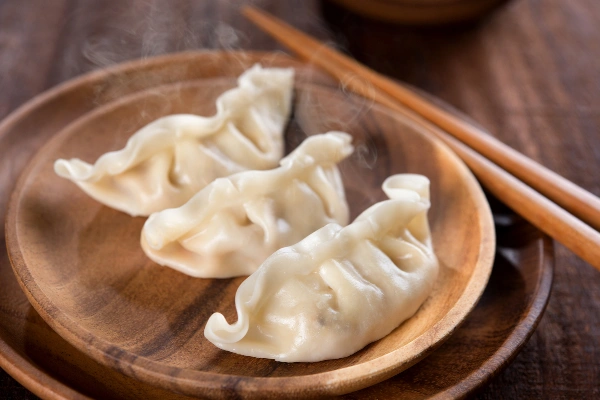
What are the Benefits of Thin Skinned Vegetable Dumplings?
Thin Skinned Vegetable Dumplings have many advantages and benefits that make them popular among food lovers and health conscious people. One of the most significant benefits is the nutritional value. These dumplings contain a variety of vegetables that provide the body with the vitamins, minerals and fiber it needs. The vegetables used in the filling, such as cabbage, carrots and mushrooms, contribute to a well-rounded diet that provides antioxidants and phytonutrients that support overall health. Additionally, thin-skinned dumplings have fewer calories than thick-skinned dumplings, making them a lighter, healthier option.
Another significant advantage of Thin Skinned Vegetable Dumplings is that they can be enjoyed in a variety of ways and are perfectly adapted to accommodate a wide range of dietary preferences. For vegans, these dumplings are an excellent source of plant-based nutrition. Additionally, they can be easily customized to accommodate different tastes and dietary needs. By varying the vegetables and seasonings, one can create dumplings with a variety of flavors to suit their personal preferences. This makes this dish perfect for family dinners, where dietary restrictions may vary.
The culinary experience of making Thin Skinned Vegetable Dumplings is also a unique and enjoyable activity. Preparing the delicate dough, making the intricate folds, and cooking the dumplings is a fun way to spend quality time with family and friends. This hands-on approach to cooking not only improves culinary skills, but also provides a deeper appreciation for the artistry that goes into making these delicious dishes.
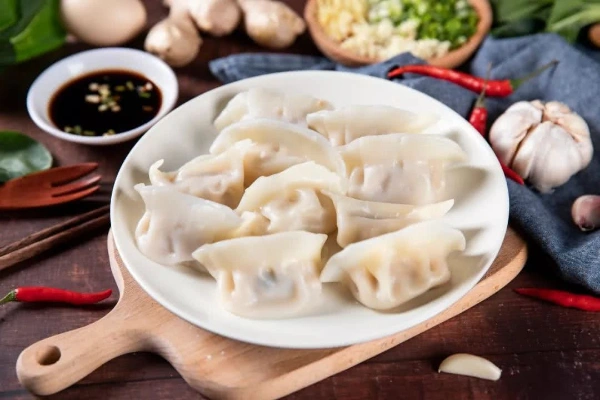
Welcome To My Kitchen! Let’s Make Thin Skinned Vegetable Dumplings!
Step 1: Prepare the Dough
In a large mixing bowl, combine the flour and salt. Gradually add the warm water while stirring to form a shaggy dough. Then, knead the dough on a floured surface for about 5-7 minutes until it becomes smooth and elastic. Cover the dough with a damp cloth and let it rest for 30 minutes.
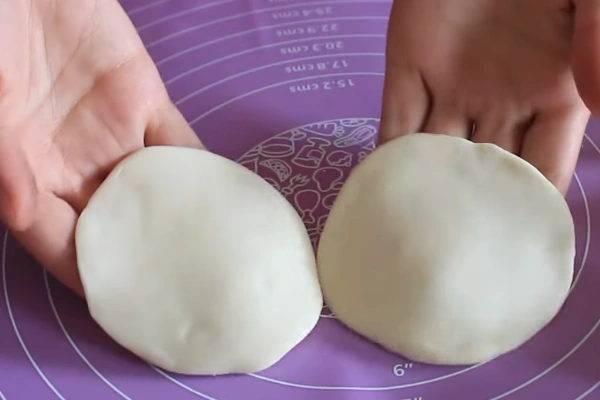
Step 2: Prepare the Filling
In a large bowl, combine the chopped cabbage, grated carrots, mushrooms, spring onions, and tofu (if using). Then, add the minced garlic, ginger, soy sauce, and sesame oil to the vegetable mixture. Mix well to combine. Season with salt and pepper to taste.
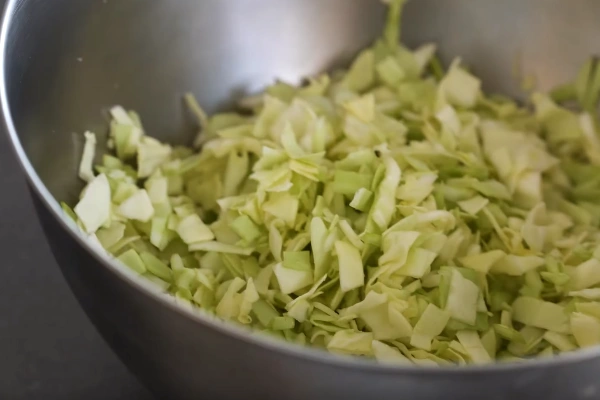
Step 3: Assemble the Dumplings
After the dough has rested, divide it into small portions and roll each portion into a ball. Flatten each ball into a small disc and roll it out into a thin circle, about 3 inches in diameter. Then, place a spoonful of the vegetable filling in the center of each dough circle. Fold the dough over the filling to form a half-moon shape. Pinch the edges together to seal the dumpling, making pleats if desired.
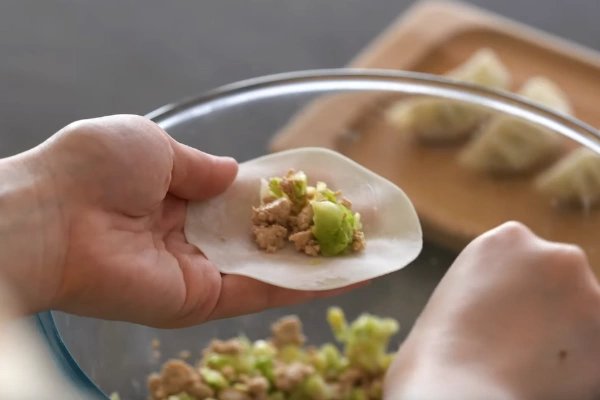
Step 4: Cook the Dumplings
Steaming: To make steamed vegetable dumplings, place the dumplings in a steamer basket lined with parchment paper or cabbage leaves. Steam them over boiling water for about 10-12 minutes until they are tender and translucent.
Boiling: For vegetable soup dumplings, bring a pot of water to a boil. Gently drop the dumplings into the boiling water and cook for 5-7 minutes, or until they float to the surface.
Pan-frying: To prepare vegetable fried dumplings, heat a tablespoon of oil in a non-stick skillet over medium heat. Place the dumplings in the skillet and cook until the bottoms are golden brown, about 2-3 minutes. Then, add a few tablespoons of water to the skillet, cover it, and let the dumplings steam for another 5-7 minutes.
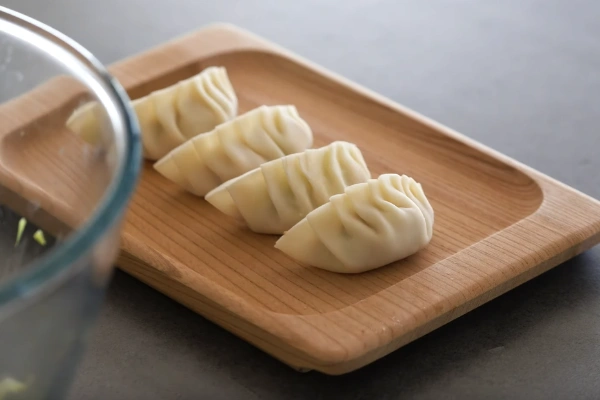
This recipe for Thin Skinned Vegetable Dumplings is not only delicious and healthy, but it can also be easily adapted to suit your personal tastes. Making these dumplings is a fun and rewarding process that can bring joy and satisfaction to your table. I hope you enjoy following this recipe and share the delicious dumplings with your loved ones!
For more information on food and cuisine, visit bygoody!
Print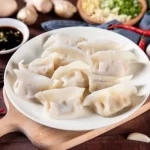
Thin Skinned Vegetable Dumplings
- Total Time: 1 hour 20 minutes
- Yield: 4 servings 1x
- Diet: Low Salt
Description
Thin Skinned Vegetable Dumplings’ thin dumpling skins allow the bright flavors of the vegetable filling to shine through. It caters to a variety of taste preferences and ensures that young and old alike will enjoy the meal.
Ingredients
For the dough:
- 2 cups all-purpose flour
- 3/4 cup warm water
- A pinch of salt
For the filling:
- 1 cup finely chopped cabbage
- 1/2 cup grated carrots
- 1/2 cup finely chopped mushrooms
- 1/4 cup finely chopped spring onions
- 1/2 cup firm tofu, crumbled (optional)
- 2 cloves garlic, minced
- 1 tablespoon ginger, minced
- 2 tablespoons soy sauce
- 1 tablespoon sesame oil
- Salt and pepper to taste
Instructions
Step 1: Prepare the Dough
- In a large mixing bowl, combine the flour and salt. Gradually add the warm water while stirring to form a shaggy dough.
- Knead the dough on a floured surface for about 5-7 minutes until it becomes smooth and elastic. Cover the dough with a damp cloth and let it rest for 30 minutes.
Step 2: Prepare the Filling
- In a large bowl, combine the chopped cabbage, grated carrots, mushrooms, spring onions, and tofu (if using).
- Add the minced garlic, ginger, soy sauce, and sesame oil to the vegetable mixture. Mix well to combine. Season with salt and pepper to taste.
Step 3: Assemble the Dumplings
- After the dough has rested, divide it into small portions and roll each portion into a ball. Flatten each ball into a small disc and roll it out into a thin circle, about 3 inches in diameter.
- Place a spoonful of the vegetable filling in the center of each dough circle. Fold the dough over the filling to form a half-moon shape. Pinch the edges together to seal the dumpling, making pleats if desired.
Step 4: Cook the Dumplings
- Steaming: Place the dumplings in a steamer basket lined with parchment paper or cabbage leaves. Steam over boiling water for about 10-12 minutes until the dumplings are tender and translucent.
- Boiling: Bring a pot of water to a boil. Gently drop the dumplings into the boiling water and cook for 5-7 minutes, or until they float to the surface.
- Pan-frying: Heat a tablespoon of oil in a non-stick skillet over medium heat. Place the dumplings in the skillet and cook until the bottoms are golden brown, about 2-3 minutes. Add a few tablespoons of water to the skillet, cover, and let the dumplings steam for another 5-7 minutes.
Equipment

CAROTE 22pcs Pots and Pans Set Nonstick
Buy Now →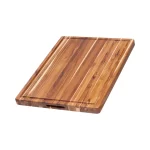 Buy Now →
Buy Now → 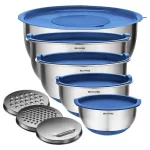
Belwares Mixing Bowls with Lids Set
Buy Now →
CAROTE 11pcs Pots and Pans Set
Buy Now →
Quick and Deliciously Healthy Recipes
Buy Now →
300 Vegan/Plant Based Recipe Cook Book
Buy Now →Notes
- Ensure the dough is rolled out as thin as possible without tearing to achieve the delicate texture characteristic of thin-skinned dumplings.
- If you prefer a more intense flavor, marinate the vegetable filling for 15-20 minutes before assembling the dumplings.
- For a crispy texture, opt for the pan-frying method. For a softer, more tender dumpling, choose steaming or boiling.
- Dumplings can be frozen before cooking. Place them on a baking sheet in a single layer and freeze until solid. Transfer to a freezer bag for longer storage. Cook from frozen, adding a few extra minutes to the cooking time.
- Prep Time: 1 hour
- Cook Time: 20 minutes
- Category: Dinner
-
How do I prevent the dough from sticking to the surface while rolling it out?
To prevent the dough from sticking, lightly dust your work surface and rolling pin with flour. Ensure the dough itself is not too wet; if it feels sticky, knead in a small amount of additional flour until it is smooth and manageable.
-
What should I do if the dough is too dry and cracks while rolling?
If your dough is too dry, it may crack while you roll it out. To fix this, sprinkle a little water onto the dough and knead it until it reaches a smooth, pliable consistency. Let it rest for a few minutes before rolling again.
-
How can I avoid overfilling the dumplings, which causes them to burst open during cooking?
Be mindful of the amount of filling you place in each dumpling. Use about a teaspoon of filling for each wrapper, ensuring there is enough dough around the edges to properly seal the dumpling. Pinch the edges tightly to avoid any gaps.

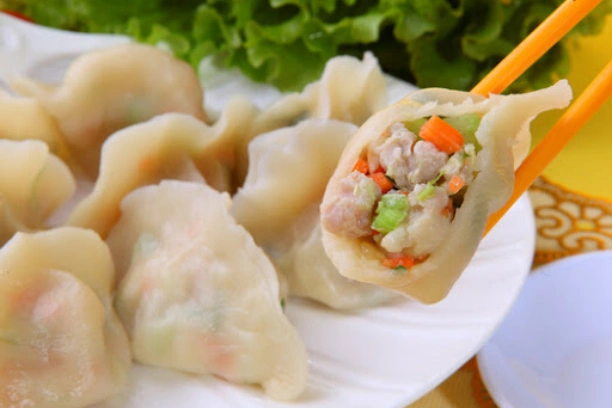




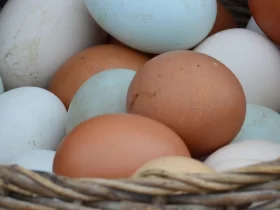
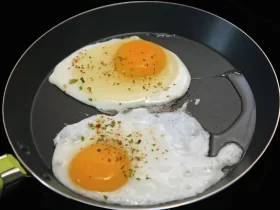


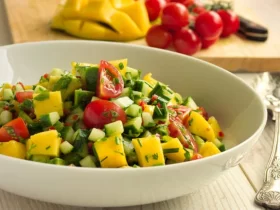



Leave a Reply